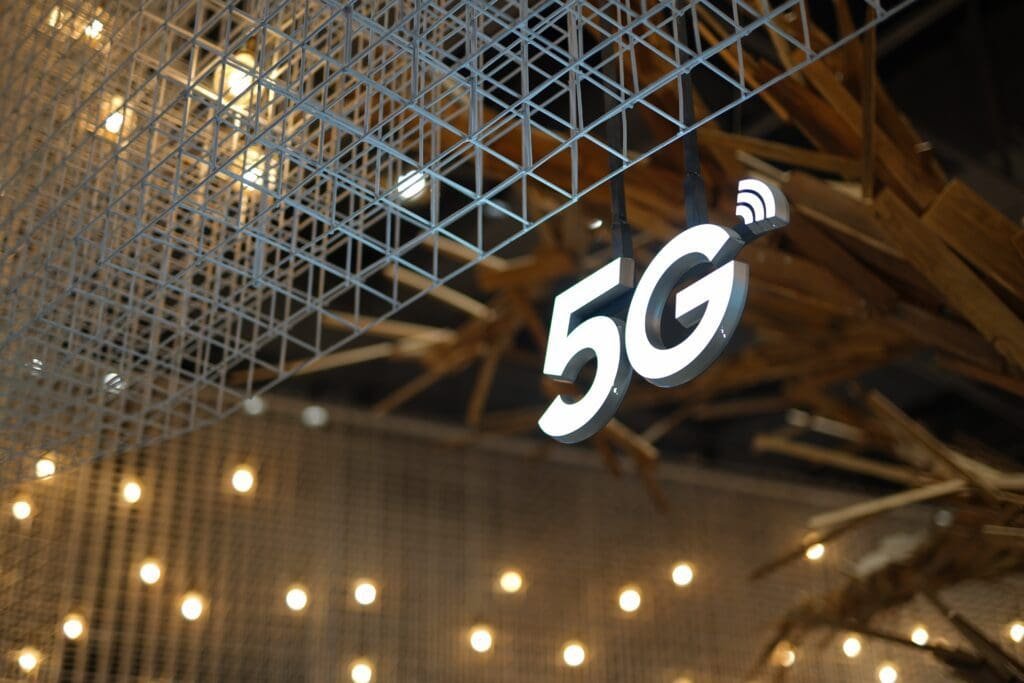The fifth generation of mobile networks, or 5G, is the next step in the evolution of wireless communication technology. This advanced technology promises faster speeds, greater capacity, and lower latency than previous generations, which will revolutionize connectivity as we know it. The deployment of 5G networks will have a significant impact on the way we live, work, and communicate. In this blog, we will explore the future of 5G and its potential to revolutionize connectivity.
Faster Speeds and Greater Capacity
5G networks will provide faster download and upload speeds than previous generations of wireless technology. With peak speeds of up to 20 gigabits per second, 5G networks will be up to 100 times faster than 4G networks. This will enable users to download large files, stream high-quality video, and browse the web at lightning-fast speeds.
In addition to faster speeds, 5G networks will also have greater capacity. This means that more devices will be able to connect to the network at the same time without experiencing slow speeds or dropouts. This increased capacity will be especially important as the number of connected devices continues to grow. With the proliferation of the Internet of Things (IoT), which refers to the interconnectedness of devices, sensors, and appliances, the demand for connectivity is expected to increase dramatically in the coming years.
Low Latency
One of the most significant advantages of 5G is its low latency. Latency refers to the time it takes for data to travel from one point to another over a network. 5G networks will have latency as low as 1 millisecond, which is up to 50 times faster than 4G networks. This low latency will enable new applications that were not possible before, such as remote surgery, autonomous vehicles, and virtual and augmented reality.
Revolutionizing Industries
The deployment of 5G networks will have a significant impact on many industries. For example, in healthcare, the low latency of 5G will enable doctors to perform remote surgeries and diagnose and treat patients in real-time, regardless of their location. In transportation, 5G will enable autonomous vehicles to communicate with each other and with the infrastructure around them, making transportation safer and more efficient.
In entertainment, the low latency and high capacity of 5G will enable the development of new virtual and augmented reality experiences. These experiences will allow users to immerse themselves in a fully interactive environment, such as a virtual concert or a sports game.
Conclusion
The deployment of 5G networks will revolutionize connectivity by providing faster speeds, greater capacity, and lower latency. This technology will enable new applications and services that were not possible before, revolutionizing industries such as healthcare, transportation, and entertainment. While the rollout of 5G networks is still in progress, the future of connectivity looks brighter than ever.



